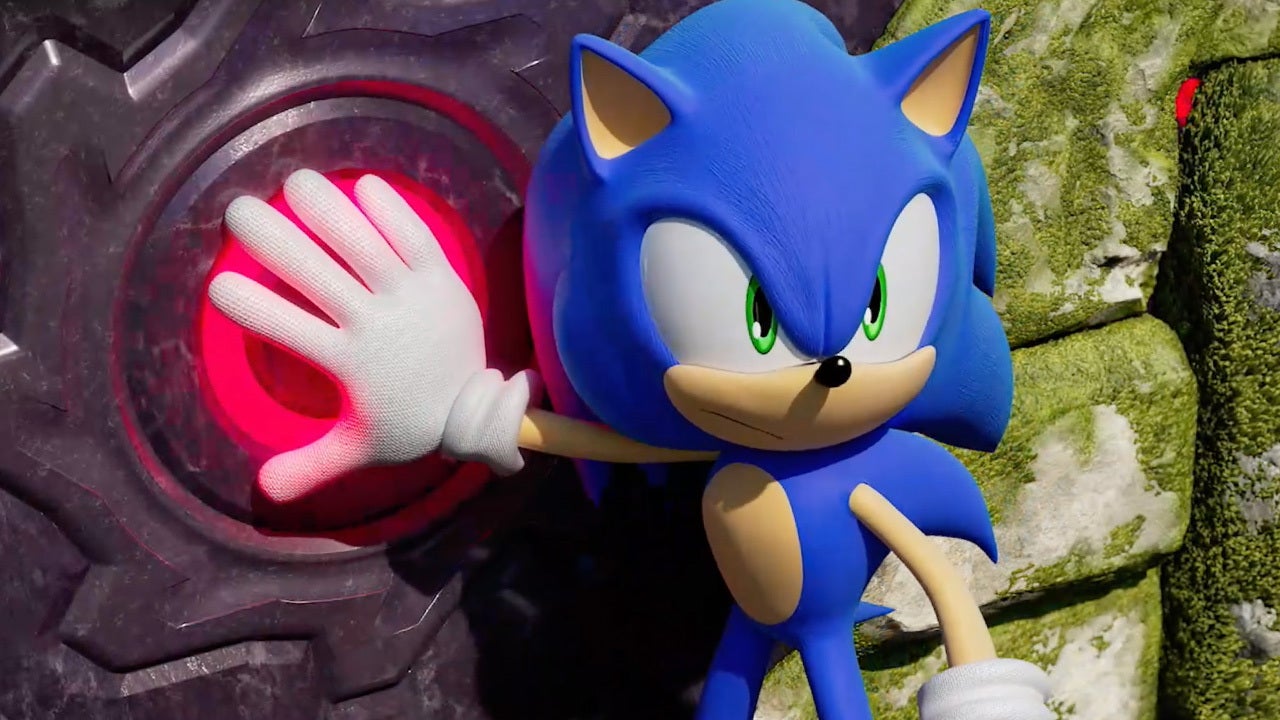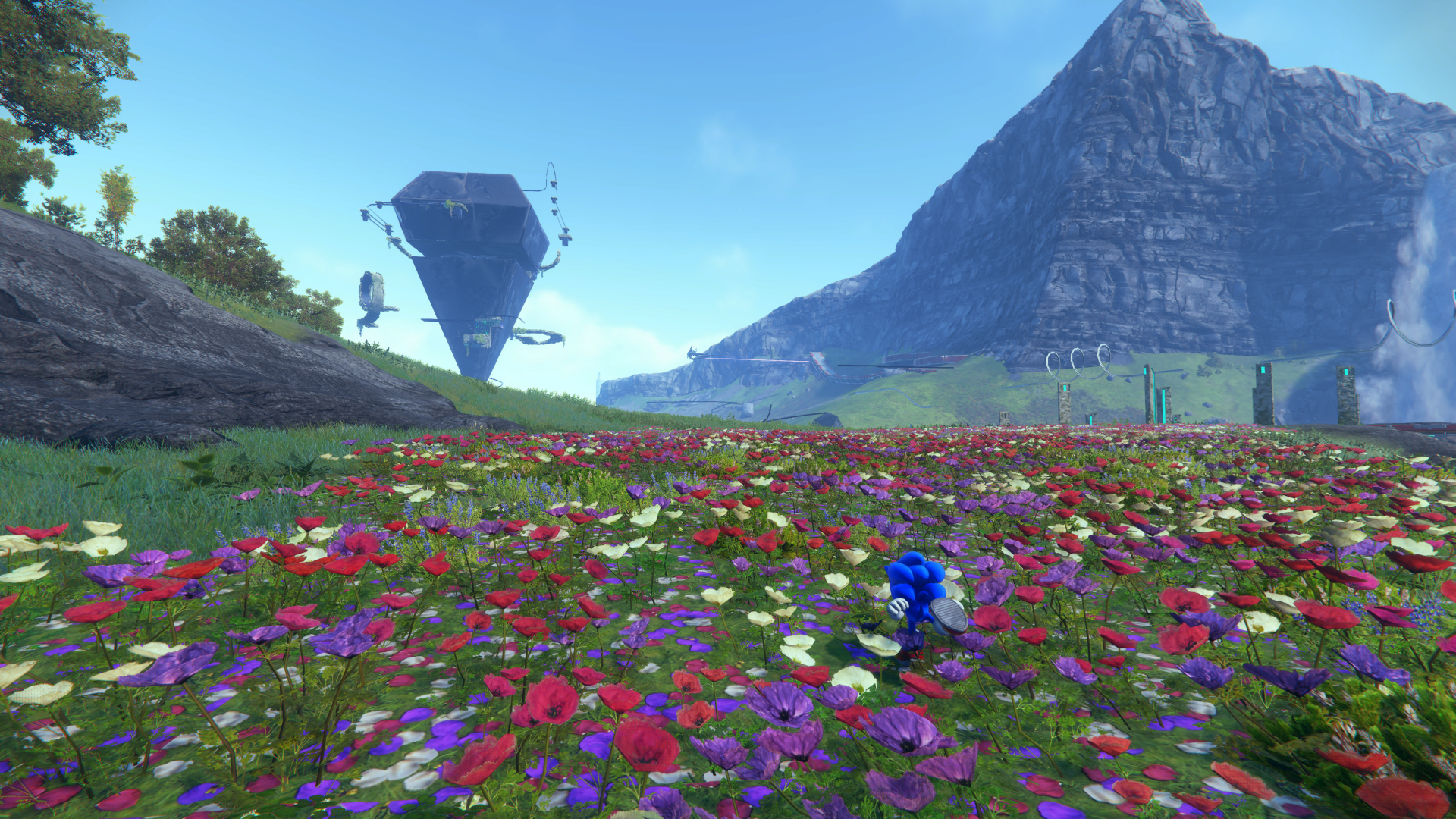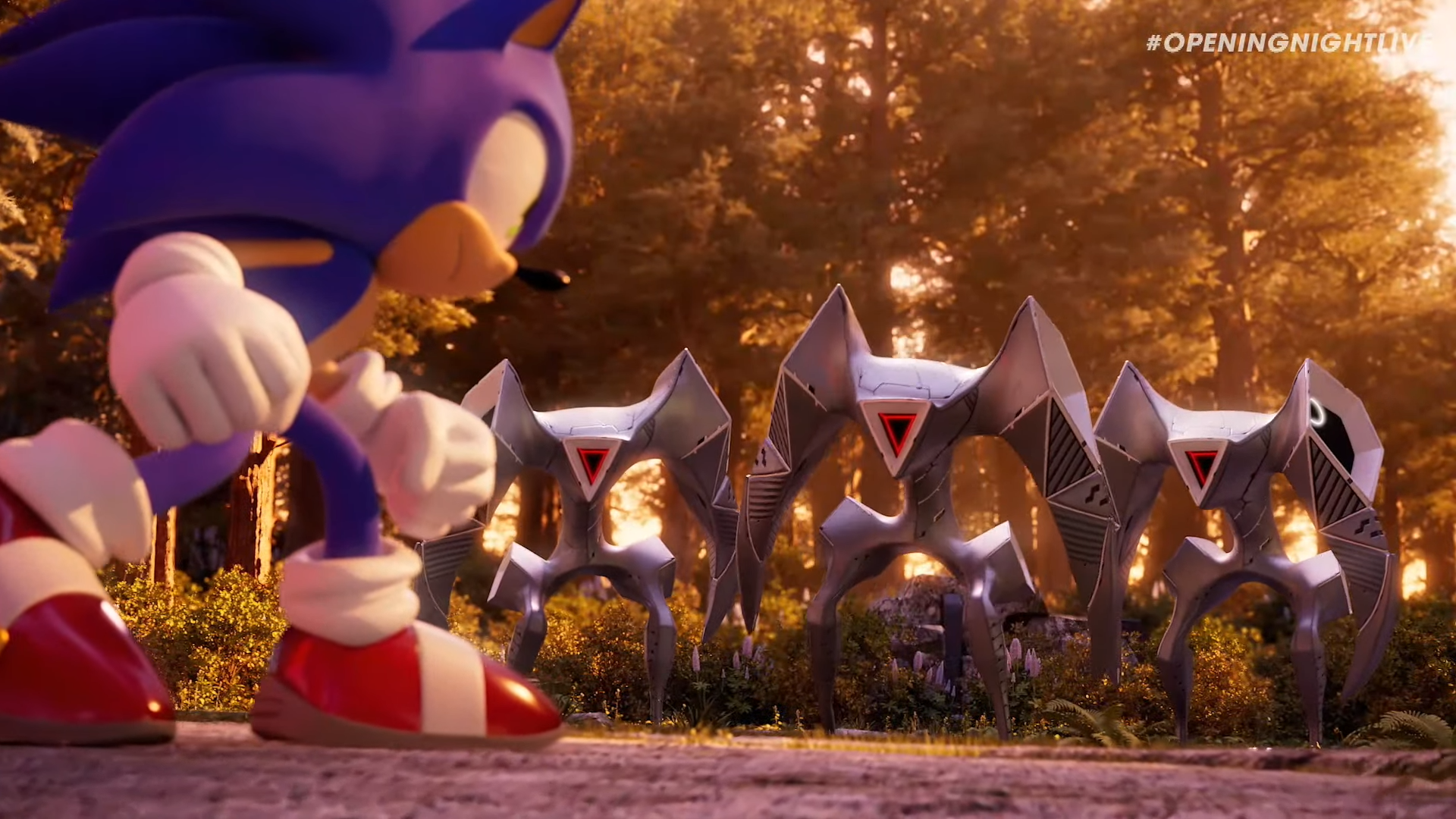
Sonic Frontiers’ climactic boss fight deserves to be talked about, but probably not in the ways you might think.
When I rolled credits on Sonic Frontiers, I was left in a state of pure bewilderment. What the hell had I just played? In reference to the final boss, that is, not Sonic Frontiers itself which (despite its shortcomings) I loved a great deal.
Easily the highlight of Sonic Frontiers are the boss fights found at the end of each island. As massive as their namesake, transforming into Super Sonic to bring these Titans down to ground level is a high point not just for Frontiers, but the franchise in its entirety. It helps that each one is accompanied by a deliciously cheesy – but nonetheless epic – metal soundtrack that has me begging Sonic Team for a boss rush mode so I can replay these incredible fights.
And then there’s the game’s final boss. It’s my least favorite of the bunch, but I cannot stop thinking about it. Why? It’s certainly not a bad fight; far from it. The arena, music and context of the fight all exude finality. It’s a marvelous set piece that caps Sonic Frontiers in a meaningful way.
No, it’s what the fight is that has me scratching my head. Why did Sonic Team choose to go in this specific direction? I might never know the answers, but it’s been living in my head rent free since I beat Sonic Frontiers.
Spoilers incoming!
I’m not heartless enough to dive into details on Sonic Frontiers’ final boss without giving you a spoiler warning. So if you’re reading this before you’ve finished the game, I encourage you to come back once you’ve rolled credits.
Two sides

Now if you have played through Sonic Frontiers, you may be wondering why the final boss is a simple quick time event? It turns out that you actually need to be playing on Hard difficulty to access the real fight. This, already, is a big departure from the Sonic norm.
Sign up for breaking news, reviews, opinion, top tech deals, and more.
But it’s the fight itself that’s truly baffling. No longer are we controlling Super Sonic in a massive, three dimensional environment. We’ve switched to a top-down vertical shoot-em-up; one with gameplay mechanics that are shockingly familiar.
Fans of classic Dreamcast and Gamecube shoot-em-up Ikaruga will notice the similarities immediately. For the uninitiated, Ikaruga is a well-loved, innovative shmup that had players switching their ship between black and white polarities. Doing so lets you absorb bullets of the same color, without getting destroyed by them.
On the flipside, shooting enemy ships of the opposite color to yours will deal extra damage. Ikaruga’s gameplay formula has been replicated almost verbatim in Sonic Frontiers’ final boss. But thankfully, it’s not as teeth-grindingly hard as Treasure’s cult classic shoot-em-up.
Now, I really have no issue with Sonic Team changing tack for the final boss. It’s still suitably epic with swelling, emotional music and the boss itself insisting we haven’t got a chance in hell of beating it. I’m just beyond fascinated that this is the direction Sonic Team chose to go in. Why a blatant Ikaruga clone? I mean, there’s no way the team wasn’t thinking of Ikaruga when designing this boss (and a handful of prior hacking minigames that feature the same mechanics), right?
A deliberate choice?

My two cents is that Sonic Team wasn’t deliberately copying someone else’s homework, though. I think the more realistic scenario is that Sega’s in-house developer was pressed for time, and had to come up with a compromise. Something that could be made relatively quickly with a gameplay system already coded into the game.
Of course, this results in a final boss encounter that doesn’t really reach heights of previous Sonic final bosses. Frontiers’ last encounter isn’t nearly as striking as Adventure’s Perfect Chaos, or Dark Gaia from Unleashed. Hell, as good as the accompanying music is, the lack of vocals here is also anomalous for a Sonic final boss.
And that’s a shame. With a bit more time in the oven, I think Frontiers could’ve capped off its 20-hour runtime with a bang. What we get instead is novel, if slightly underwhelming. Nonetheless, it’s an astonishing direction for the final boss fight, and I’m curious to see how the fanbase at large reacts to it once more players have beaten the game.

Rhys is TRG's Hardware Editor, and has been part of the TechRadar team for over four years. Particularly passionate about high-quality third-party controllers and headsets, Rhys strives to provide easy-to-read, informative coverage on gaming hardware of all kinds. As for the games themselves, Rhys is especially keen on fighting and racing games, as well as soulslikes and RPGs.